Patrick lived for most of his life on the outskirts of a small village south of Brikama, called by locals “Satey Ba,” meaning “Big Town.” He was scarcely an hour’s walk from the sprawling Brikama market but had never set foot within its boundaries. Late last year, after being shorn of his house, he and his family tried to make a go of a small lumber village in the far North of the country, but the remoteness of the place, Patrick’s lack of connections, and finally a severe health episode turned the attempt into a disaster. I persuaded him to move back near the city, and to my surprise he agreed with me and a few days later they were in a far better place, where, for the first time in his life, Patrick visited the bustling Brikama market. His account follows.—Fletcher
Brikama is one of the biggest towns in the Gambia and is in a place called the West Coast Region. To make this more understandable, Gambia is a small country located in West Africa and West Africa consists of sixteen countries, each with a capital city, but in Africa as a whole there are fifty-four countries divided into groups—West Africa, South Africa, East Africa, North Africa, and Central Africa—each of which has a regional title. For example, all countries found in west Africa are called ECOWAS meaning Economic Community of West African States. The purpose of these regional integrations is enhanced safety for people and goods moving from one member country to another.
Brikama is a town dominated by Mandinka-speaking tribes as a result of them being the founders of Brikama. Their surnames are Kuyateh, Krubally, Kinteh and Darboe [ed. surnames and languages are primary tribal markers]. There are twenty-four wards in Brikama, each headed by an alkalo. All alkalos are answerable to the chief. Some of the streets or wards of Brikama are: Jamise, Subaward, Santo-su, Berewuling, and Kambujeh, to name a few. Some of the languages spoken are Fula, Jola, Wollof, and English.
The economic activities here in Brikama are carpentry, tailoring, wholesale trading, but agriculture is also much practiced. Welding and automotive repair are also done here. Taxi driving is one of the jobs youth engage in—the unskilled youth engage in a business called “push-push.” It is a job done by using a wheelbarrow to transport goods from one place to another. Some use donkeys and a cart. Some of the goods that are transported with wheelbarrows and donkey cards are fifty-kilogram [ed. approximately 100 pounds] bags of rice and wood and other heavy goods.
Gunjur Junction is one of the most important places in Brikama. It is a big four-way highway crossing that connects to all sides of the Gambia—north has a road that links to Banjul, south the road links to Gunjar and Kartong. There is a professional football team located here which is called Brikama United. Opposite is a petrol station and a police headquarters which is separated by the road from the garage. There are other sectors in the police headquarters, for example the immigration department and the drug squad.
In the market itself there are different places in which different work or trading are done. There is a place called "neih bungno"—it's a Mandinka word meaning fish house. Fish of all kinds are sold in this place. There are smoked fish, tilapia, bonga, and catfish, all sold in groups of varying prices by the owners of the fish. The house has a lot of concrete tables where the fish are placed to be visible to customers. Fish are supplied by the big fishing centers in Tanji, Tujereng, Gunjur, and Sanyang. The majority of the fish sellers are women—they play an incredible role in the market, hustling to gather for their families.
There is a process used by women called njanda njie meaning to buy from the farmers who transport the agricultural products and later sell them to customers. These farmers are people, mostly women, who do gardening in their various villages and then harvest their garden products and bring them to Brikama. These women are mostly from Dimbaya, Sifoe, Lamin, Marakissa, and Berending, and some of the goods they bring are garden eggs [ed. eggplant], cabbages, okra, sorrel, pepper, and other foods.
Non-Gambians that sell and do business are mostly Senegalese men and women. They sell clothes and cereal products in the market. There are also people from Mauritania. They are referred to as narr or sula. They do business in edible goods in large quantities. They have stalls filled with hundreds of bags of Irish potatoes, onions, American rice and many other goods. They and the Fulas of Guinea-Conakry do similar work. Indians own the majority of minimarkets and pharmacies or drug stores in Brikama, while Nigerians own most of the electronics stores.
The market is always very busy and also dirty. Women compete for places to sell all sorts of goods or materials. There is a big hospital beside it and a big garage where there are a lot of vehicles of all kinds for traveling to different parts of the country. Opposite the hospital men sell cooking utensils or equipment, containers, shoes, and necklaces. There is also a craft market with beautiful products.
Brikama market is a very fascinating place; so sociable and diverse. Going there for the first time I nearly became lost because many paths and overcrowding. What impressed me most is to see multiple diverse people working and interacting peacefully, especially the foreigners—the Nigerians for example—all speaking our native languages. It's fun and interesting.
The other side of it is that we all know what it means to live in a third-world country. In regard to sanitation it's very poor. We have dirty waters from the gutters running on the other side of the market even where food is sold. It's hard also for unskilled workers to survive, using a wheelbarrow to transport goods bought by customers to their homes. It's sad to see a young man lift a wheelbarrow containing four fifty-kilogram bags of rice, struggling in a very tight place to pass and cross the road to the customers home.
There are also shoe doctors: these are people who repair shoes using big hard needles and treads. Others sell breakfast or fast food in small canteens. I was surprised to see clothes and shoes made in Europe and America. I wondered how these came here. It was a day of a lifetime roaming around Brikama market.
Patrick told me a while back that the market is not only a center of commerce but also a political center. I asked what was new with the Gambian government, and his answer underlines the plight he and his fellow Gambians are under:
Here women and youths are protesting in the market and radio station against the high cost of living. The price of goods has increased in the last three months. Also there is lot of corruption, especially in Gambian port authority; four hundred million dalalsi [ed. 1 dollar is approximately equal to 54 delasi] is missing from there recently. So civil rights activists have taken a petition signed by thousand of Gambians to the parliament, but the clerk rejected it saying it doesn't meet the requirements. A lot is going wrong since after the re-election of the current government.
If you enjoy reading Patrick’s missives, please spread the word and help us find more subscribers willing to help support his goals.





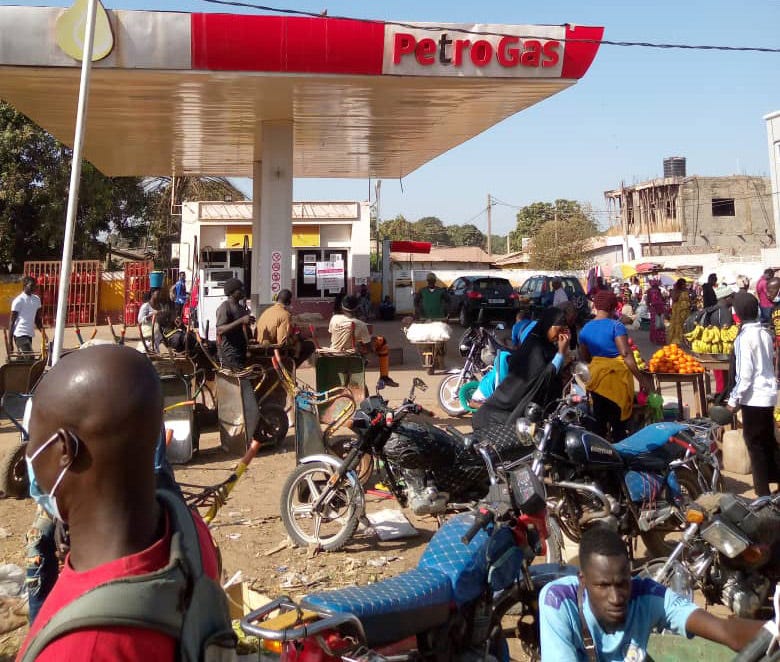
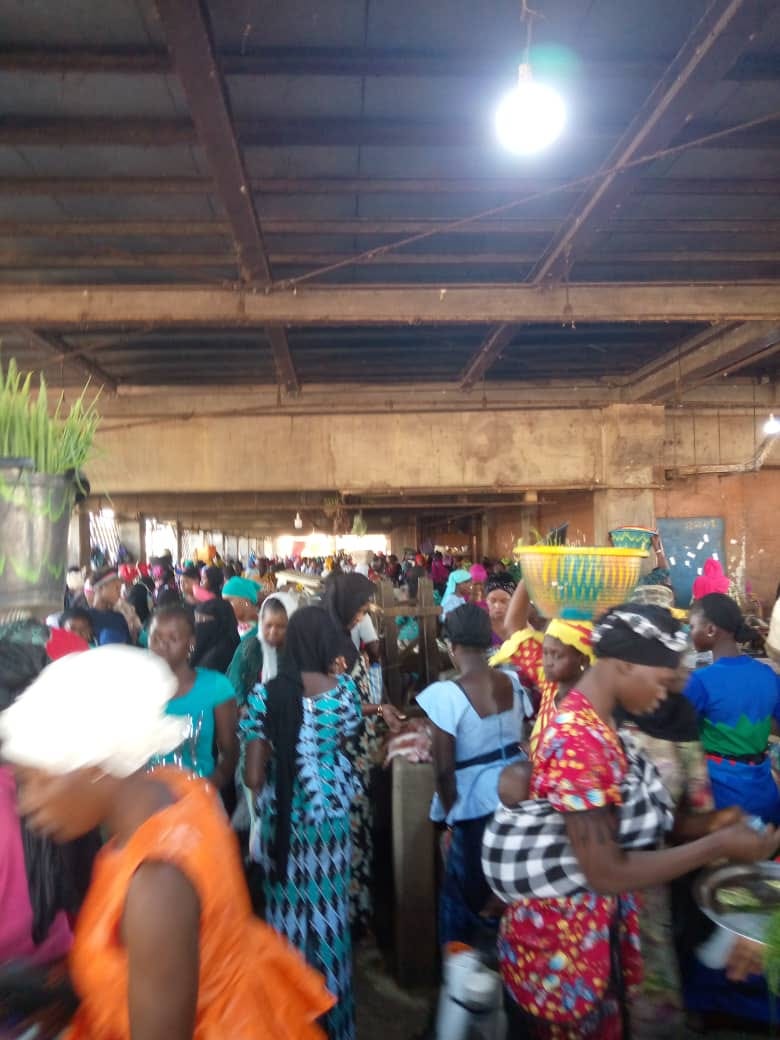
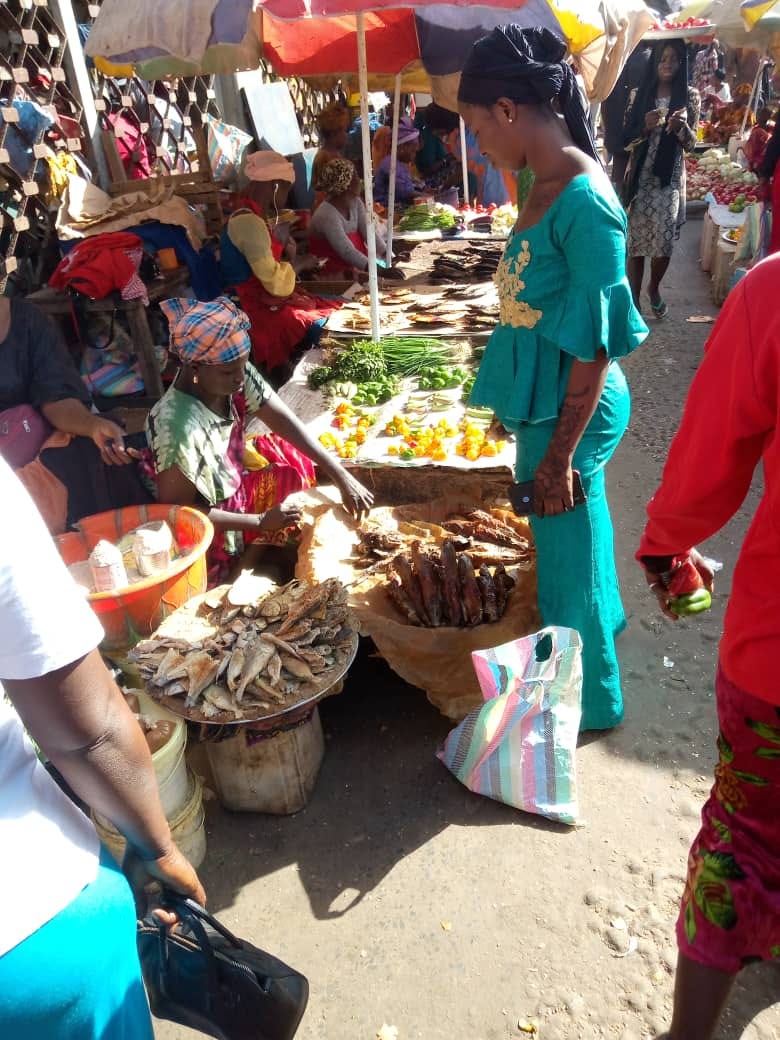

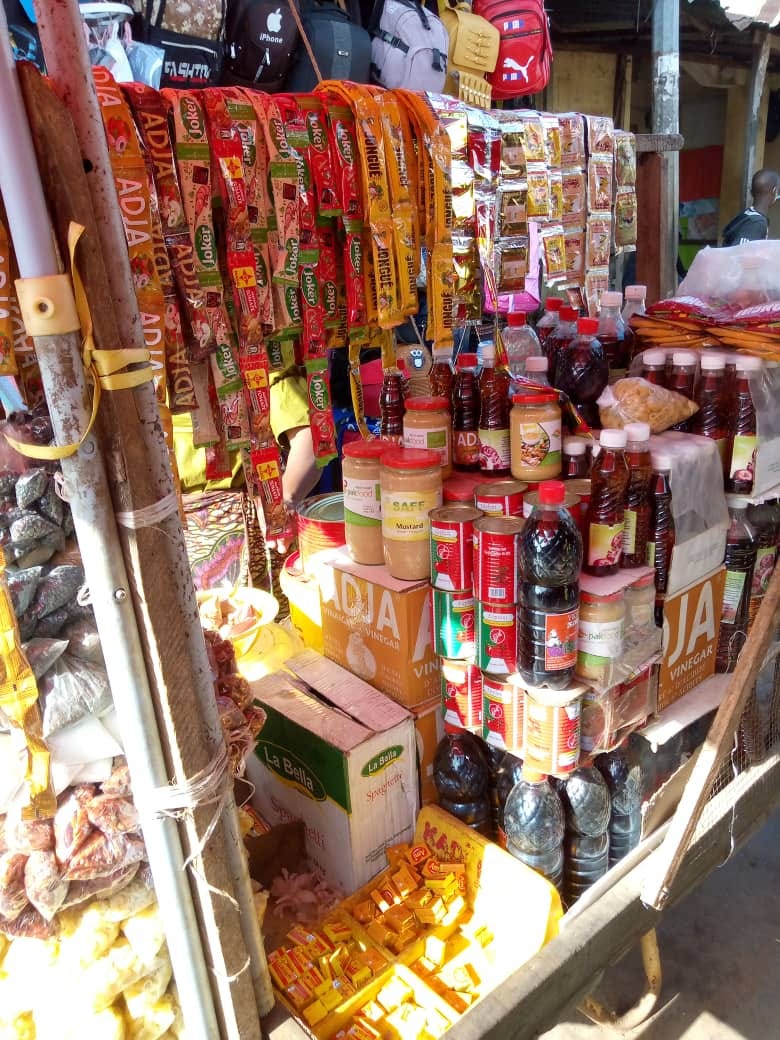
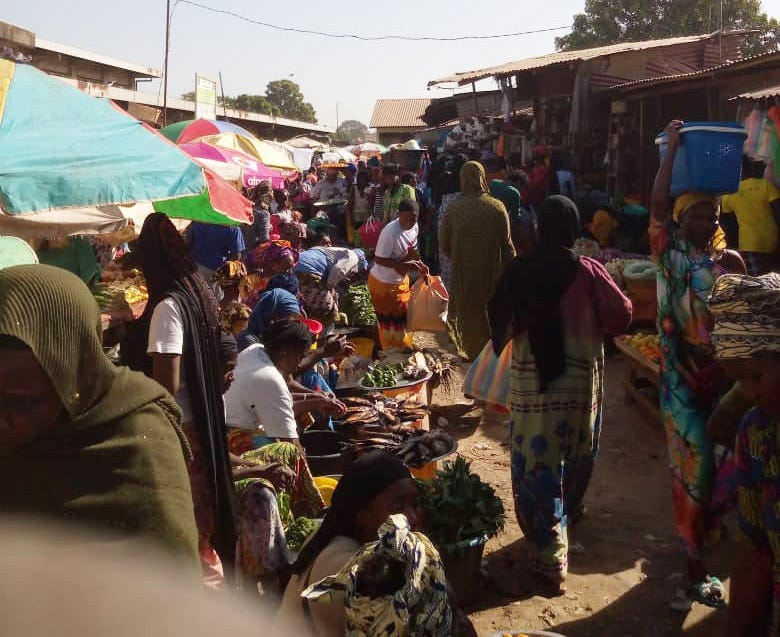
Thank you for sharing! I loved seeing the market through your eyes. Please keep writing!!
Fascinating and informative.